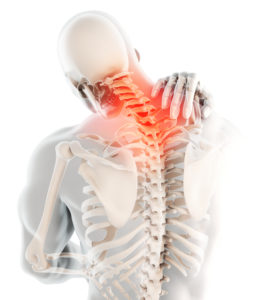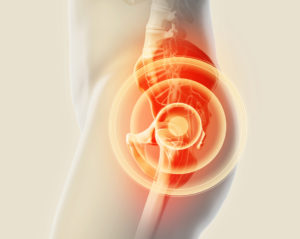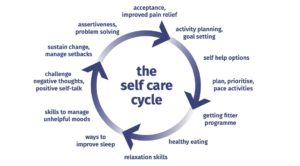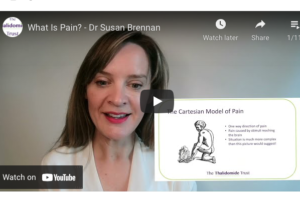All About Pain
We have all experienced pain and know it as an unpleasant sensation, but degrees of pain can vary from the mild to the severe, acute (short-term) to the chronic (persisting).
Pain signals travels from the affected part of the body along our nerve fibres, through the spinal cord to the brain, where it can affect the centres affecting our sleep, emotions, appetite and memory.
Data from the Thalidomide Trust’s ongoing HNAs demonstrates that over 90% of you suffer from pain. The commonest sites reported are the shoulder and spine, closely followed by the hip and neck. Most of you tell us that you experience pain daily and for extended periods. Chronic pain is pain which lasts longer than 3 months so we know many of you fall into this category.
Help is available on how to live well with pain and there are things that can be done, including self-care (that’s things you can do), as well as help from professionals.
The Live Well With Pain website has some great information to help us understand pain.

What does pain come from?
Pain can come from any part of our bodies – skin, injured tissue, muscle, ligaments, joints, bones (nociceptive pain), nerves (neuropathic pain), internal organs (visceral pain) or from a combination of these (mixed pain).
How is pain experienced?
Pain is very personal, and we all experience it differently. It can be very complex and involve lots of different elements that make it hard to describe. Living with the effects of thalidomide can cause, and increase, the pain you experience.
When pain goes on for a long time it can affect every part of our lives from relationships and work, to activity and sleep.
Pain is interpreted in the brain in the context of attention to the pain, past memories, thoughts and experiences. That’s why the same injury or condition can cause some differing levels of pain in different people. Ever noticed how much worse your pain is when you’re stressed, anxious or depressed?

What are the different types of pain?
There are different types of pain: -
Acute pain is short-lived pain, usually caused by an injury or tissue damage, like a sprained ankle, which gets less as we heal.
Recurrent pain is pain which comes and goes, like migraine headache, or arthritis flare-ups.
Persistent or chronic pain can begin as acute pain and fail to respond to treatment or be part of a disability or long-term illness.
Chronic progressive pain is pain that does not seem to go away and gets worse over time.
Chronic pain is usually pain that lasts 3 months and more. It does not get better with painkillers and we know many of you experience this.
Why do people affected by thalidomide experience more pain?
There are several reasons why people with thalidomide damage experience pain.
These reasons include the following:
- Joints damaged by thalidomide are more prone to arthritis.
- Excessive strain is put on other joints which are used to compensate for damaged joints. This results in early arthritis in these joints.
- When joints are not aligned properly, this can also cause pain.
- You may put your body in different positions to compensate for a short reach. This may cause muscle spasm and muscle tension.
Research conducted by the Trust suggests that individuals with thalidomide damage are more at risk of compressed nerves and that the nerves themselves may not work as they should.



